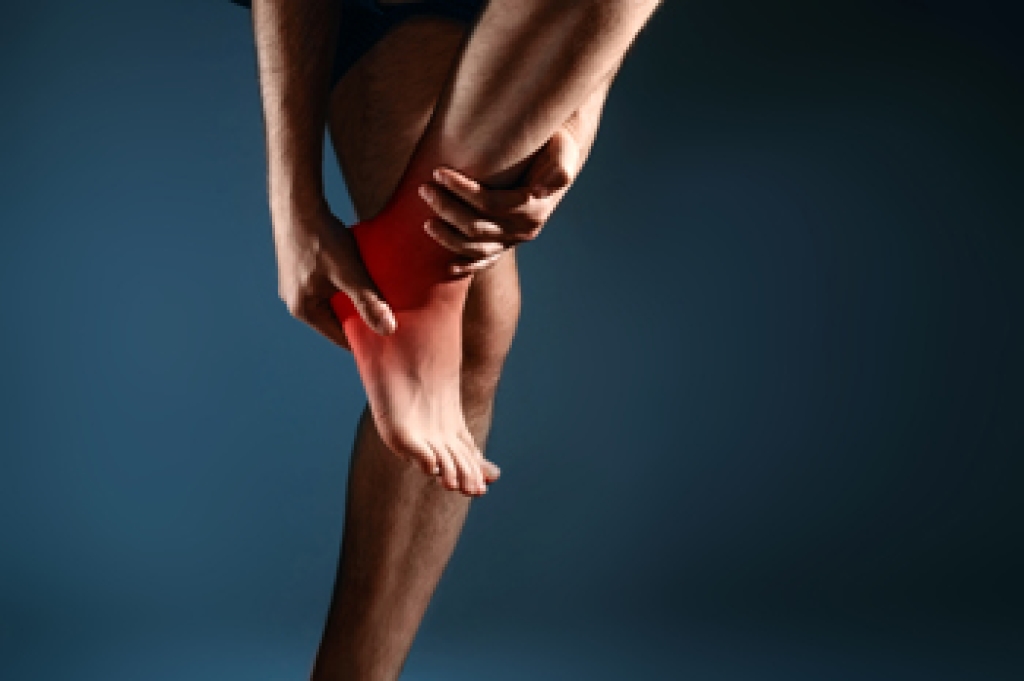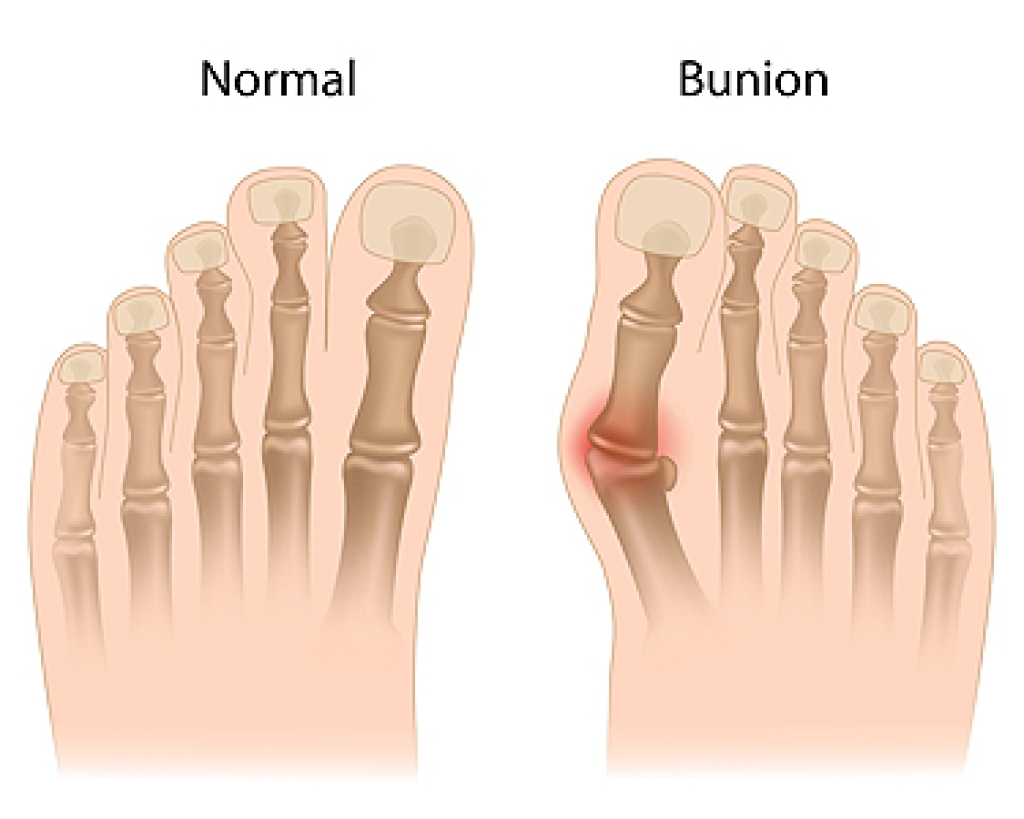Connect With Us
Blog
Blog
Heel Pain May Be a Sign of Bursitis

Heel pain may be a sign of bursitis, which occurs when one of the fluid-filled sacs in the back of the heel becomes inflamed. These sacs reduce friction between the heel bone, skin, and Achilles tendon. Bursitis can develop from repeated pressure, poorly fitting shoes, or underlying issues like arthritis or heel bone abnormalities. The pain is often located at the back of the heel and may be accompanied by swelling and tenderness. In some cases, redness and warmth are present. A podiatrist can determine whether bursitis is the cause of heel pain by performing an exam and using imaging studies, if needed. Medical treatment may include anti-inflammatory measures, fluid drainage, custom orthotics, or protective padding. When bursitis does not respond to initial care, surgery may be required to remove the inflamed bursa or correct structural problems in the heel. If you are experiencing heel pain, it is suggested that you schedule an appointment with a podiatrist for a diagnosis and appropriate treatment.
Many people suffer from bouts of heel pain. For more information, contact Raul Hidalgo DPM of South Texas Foot & Ankle Care. Our doctor can provide the care you need to keep you pain-free and on your feet.
Causes of Heel Pain
Heel pain is often associated with plantar fasciitis. The plantar fascia is a band of tissues that extends along the bottom of the foot. A rip or tear in this ligament can cause inflammation of the tissue.
Achilles tendonitis is another cause of heel pain. Inflammation of the Achilles tendon will cause pain from fractures and muscle tearing. Lack of flexibility is also another symptom.
Heel spurs are another cause of pain. When the tissues of the plantar fascia undergo a great deal of stress, it can lead to ligament separation from the heel bone, causing heel spurs.
Why Might Heel Pain Occur?
- Wearing ill-fitting shoes
- Wearing non-supportive shoes
- Weight change
- Excessive running
Treatments
Heel pain should be treated as soon as possible for immediate results. Keeping your feet in a stress-free environment will help. If you suffer from Achilles tendonitis or plantar fasciitis, applying ice will reduce the swelling. Stretching before an exercise like running will help the muscles. Using all these tips will help make heel pain a condition of the past.
If you have any questions, please feel free to contact our office located in San Antonio, TX . We offer the newest diagnostic and treatment technologies for all your foot care needs.
What to Know About Bunion Surgery and Recovery

When a bunion becomes too painful or begins to interfere with daily life, removal surgery may be the best option. The procedure corrects the misalignment at the base of the big toe by reshaping the bone, tendons, or ligaments. It is usually done on an outpatient basis, and while there are different surgical methods, all aim to reduce pain and restore function. After surgery, rest is key. Most patients will need to wear a special shoe or boot and avoid putting weight on the foot for a few weeks. Swelling, stiffness, and soreness are normal during healing. Gentle exercises and follow-up care help regain strength and flexibility. Full recovery can take several months, but many people return to walking comfortably with improved alignment. If your bunion pain limits your movement, it is suggested you see a podiatrist to see if bunion surgery is right for you.
If you are suffering from bunion pain, contact Raul Hidalgo DPM of South Texas Foot & Ankle Care. Our doctor can provide the care you need to keep you pain-free and on your feet.
What Is a Bunion?
Bunions are painful bony bumps that usually develop on the inside of the foot at the joint of the big toe. As the deformity increases over time, it may become painful to walk and wear shoes. Women are more likely to exacerbate existing bunions since they often wear tight, narrow shoes that shift their toes together. Bunion pain can be relieved by wearing wider shoes with enough room for the toes.
Causes
- Genetics – some people inherit feet that are more prone to bunion development
- Inflammatory Conditions - rheumatoid arthritis and polio may cause bunion development
Symptoms
- Redness and inflammation
- Pain and tenderness
- Callus or corns on the bump
- Restricted motion in the big toe
In order to diagnose your bunion, your podiatrist may ask about your medical history, symptoms, and general health. Your doctor might also order an x-ray to take a closer look at your feet. Nonsurgical treatment options include orthotics, padding, icing, changes in footwear, and medication. If nonsurgical treatments don’t alleviate your bunion pain, surgery may be necessary.
If you have any questions, please feel free to contact our office located in San Antonio, TX . We offer the newest diagnostic and treatment technologies for all your foot care needs.
Blog Archives
- 2025
- 2024
- 2023
- 2022
- 2021
- 2018
- 2017



